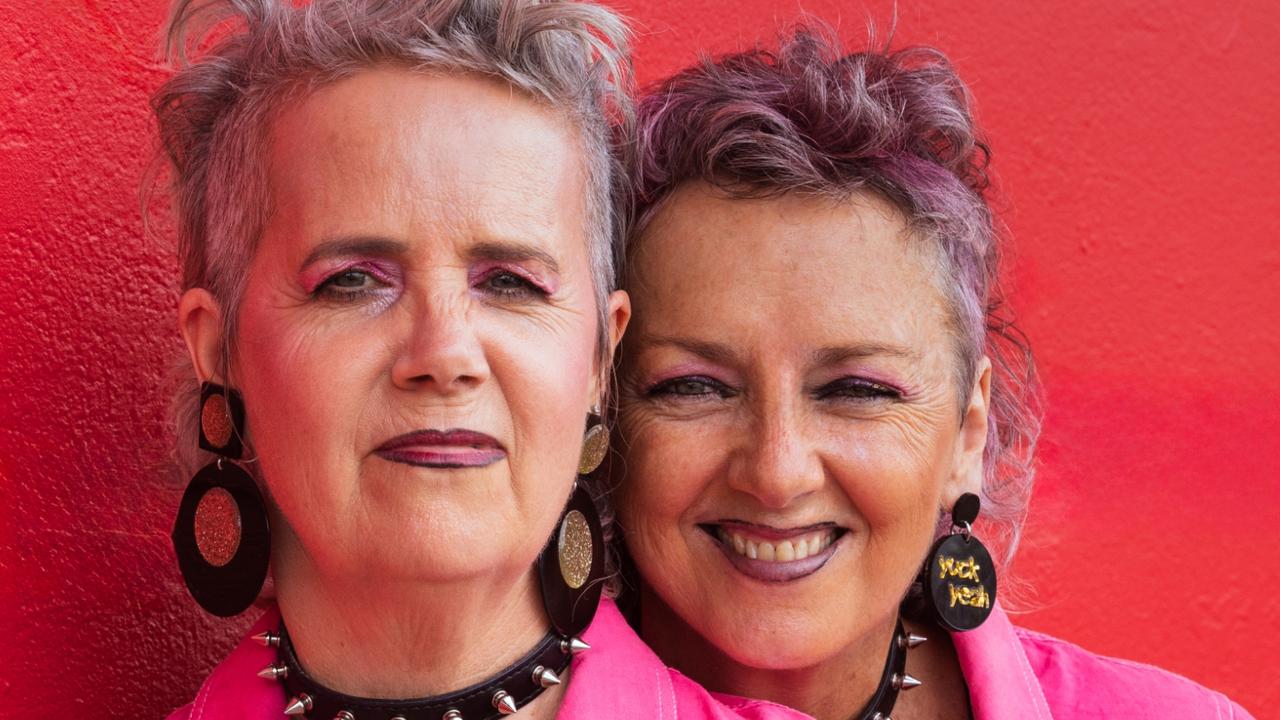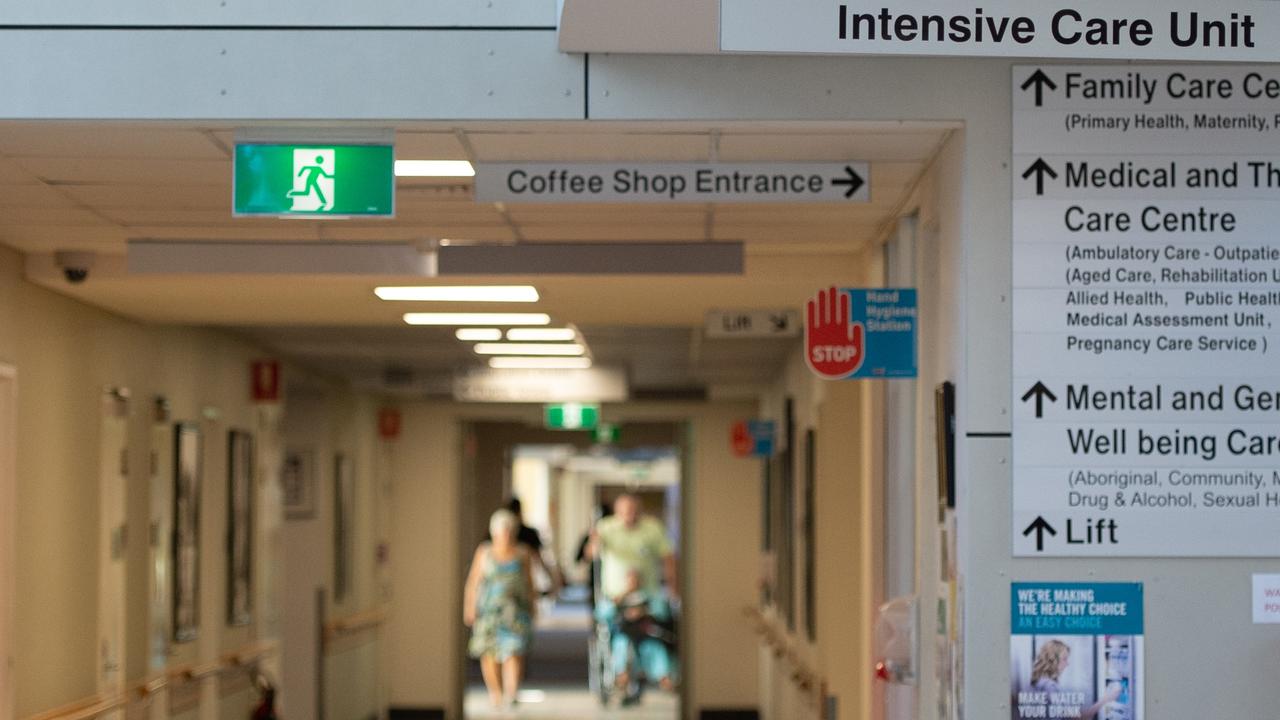Up to 120mm to fall on Coffs in wet start to holidays
Retail therapy and outings to the cinema or tenpin bowling are on the cards as the Coffs Coast braces for a soggy six days. Here’s what’s on the way.

Coffs Harbour
Don't miss out on the headlines from Coffs Harbour. Followed categories will be added to My News.
After a needed and welcomed extended dry patch, Coffs Harbour is set to cop up to 120mm of rain (nearly five inches in the old scale) over the next six days.
The wet stuff is expected to start falling on Friday - with the heaviest falls likely to be on Saturday, Tuesday and Wednesday.
The first official day of the school holidays, Saturday, is near certain to bring rain, with the Bureau of Meteorology forecasting a 90 per cent chance of precipitation, with a range of 15 to 25mm.
The biggest fall though is possible on Tuesday, with local rain gauges set to collect anywhere from 6 to 35mm.
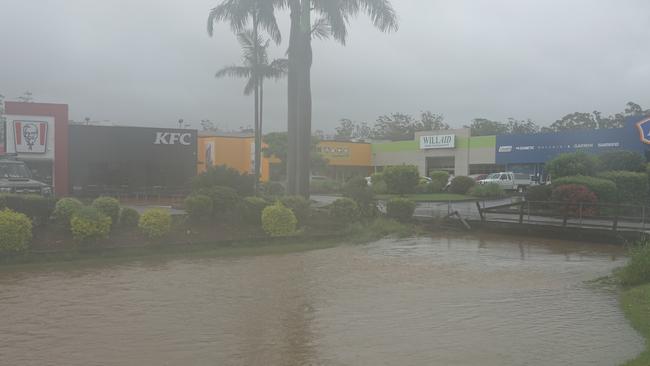
The bureau says a trough is expected to develop along the NSW coast, which will bring showers to the eastern half of the state during the weekend and into next week, with the potential for significant rain in some coastal areas.
Coffs Harbour has already experienced a super wet start to the year, including some localised flooding.
At the airport monitoring station, Coffs copped a barrage from above in late February and throughout March.
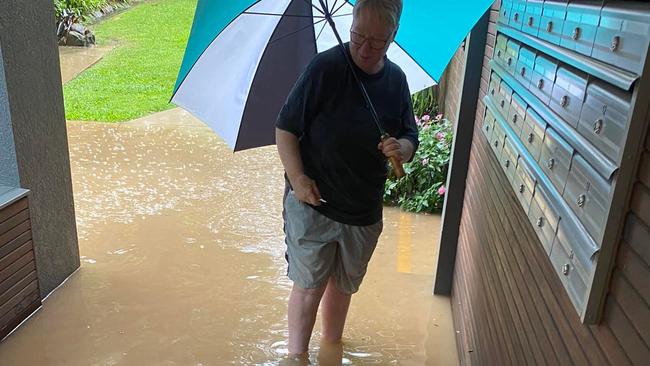
Farmonline reports 729.8mm fell in March, on top of the 486mm recorded in February.
June was dry, with just 2.4mm noted - but the year-to-date total at Coffs is still jaw-dropping at 1765.4mm at the halfway point of 2022.
While the bureau has declared La Nina over, climate scientists are concerned a third coming may be not far around the corner.
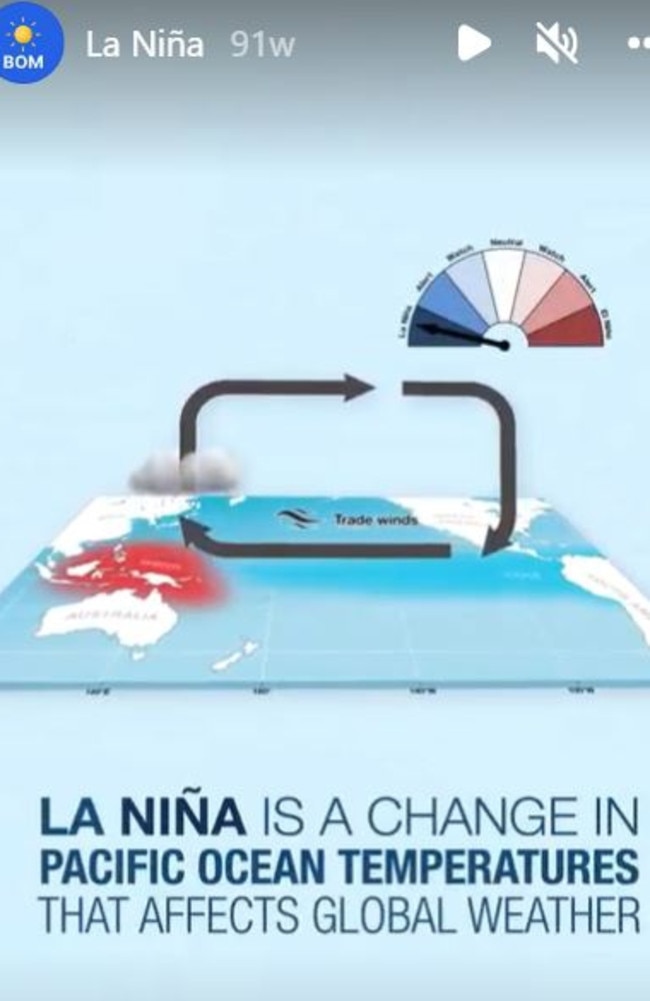
If those fears prove founded, another possible La Nina event could wreak more unwanted havoc for the East Coast from spring into the new year.
Climate Council research director Simon Bradshaw said a third consecutive La Niña - rare but not unprecedented - could mean continued above average rainfall on an already still sodden coastline.
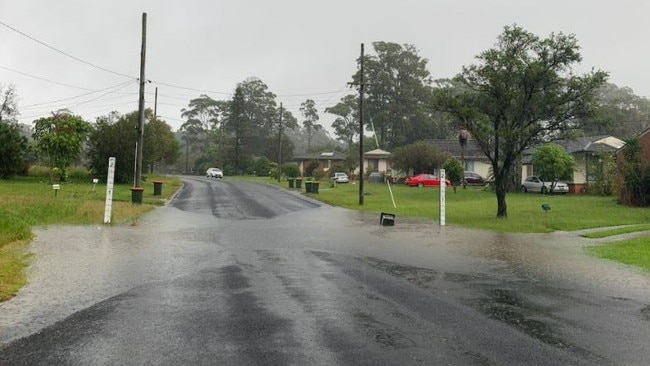
“The former federal government failed to prepare communities for the East Coast flooding disaster earlier this year, despite being warned,” Dr Bradshaw said.
He urged the new Albanese government to get ahead of any developing flood threat to ensure North Coast communities are ready and supported.
“We all hope another La Nina doesn’t eventuate but around a 50 per cent chance – or around double the normal likelihood – should be taken seriously,” he said.
The bureau announced in mid-June an end to the 2021-22 La Nina in the tropical Pacific and changed the status to ‘La Nina watch’.
“A La Nina watch does not change the outlook of above average rainfall for most of Australia over coming months,” head of long range forecasting Andrew Watkins said.
“The bureau’s long range outlook remains wetter-than-average, consistent with model outlooks from other global forecast centres, reflecting a range of climate drivers including a developing negative Indian Ocean Dipole and warmer-than-average waters around Australia,” he said.



